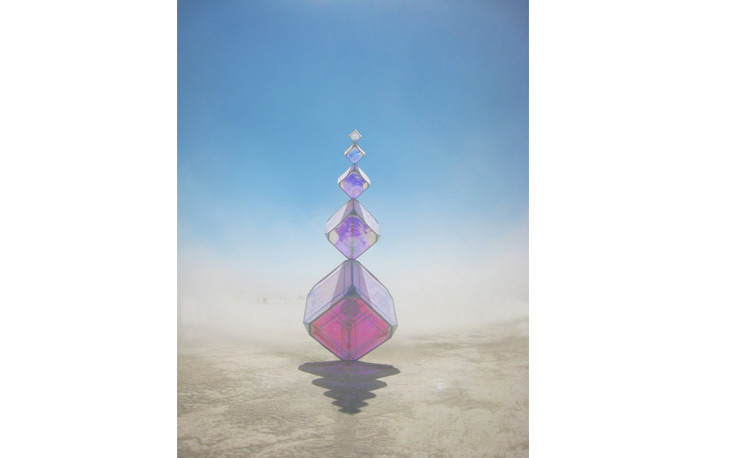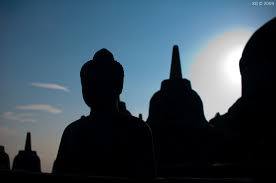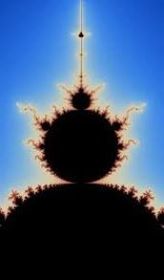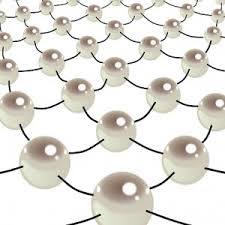This article was published for the Ignite Me site in May 2013, while I was working on (In)Visible (image above). The Ignite Me site is down, hence the repost. I appreciated the considered questions that mapped a wander across personal history, sources of inspiration, creativity, mystery
Q: Your Burning Man installations have a very contemporary look, but they also feel timeless. You are able to take an object like convex mirrors and transform them into an intricate and compelling work of art that feels organic and encourages introspection. How does your artwork reflect your philosophy?
Kirsten : We can see objects and ourselves as separate by narrowing our view, or step back to appreciate the singular as a detail of the greater, complex whole. Individual components, be it an object, or our personal form, are fluid in their positions on the spectrum between the ordinary and extraordinary; it all depends on perception and chosen perspective. Fluidity of perception allows us to blur delineations of surface/boundary and recognize, visually or philosophically, that we're connected rather than separate.
Q: Convex mirrors are often used to watch people, sometimes in an almost adversarial way, as a form of surveillance. Constellation of One and Compound eye/I allow us to see ourselves and watch others, but instead of dividing us, your installations connect us while still showing us the “I”. What have you learned about yourself during the conception and building of these sculptures?
Kirsten: The most significant lesson has been that I could trust my artistic vision, whether it was dealing inside with my own doubt, or staying firm about what I thought was necessary during construction, even as a beginner without building experience. I learned to trust instincts about choosing the right people for the build team too..big lesson of the first year.
I also experienced other variations of the trust theme:I found the financial aspect of building art for Burning Man to be very challenging, as I'd never asked for money before, and I was resistant to ask for help supporting my projects. But, I couldn't make the projects happen alone, so I had to confront my pride, and also skepticism, to be humbled and touched by the support and enthusiasm that came through community.
Q: No mirror is a true reflection of ourselves because the image is always distorted. That is also true of our reflection in nature, such as catching our reflection in a pond, or reflected back to us in the eyes of another person. Those reflections are layered on something far greater than our own identities. It’s obvious from your work that you spend a lot of time in contemplation and that you are captured by the beauty of nature, from the tiniest little detail to the big picture. How can we learn to see the world in such a way - so that we don’t only see our reflection in a narcissistic way, but see the underlying connections with all of nature and humankind?
Kirsten: Staying still to really see the expansive view that is both in front of, and behind, the eyes. Being alone in nature or in a meditation practice...taking time to observe closely, and focus on what is around us now...these give rise to moments of deep connection and inspiration. Staring at the stars puts things in perspective for me.
Q: You’ve spent a lot of time in India , Thailand and Bali . These places must hold a special place inside your soul. How has your time in those countries contributed to the grace and gentle spirit that imbue your work. Can you share some of your experiences from your travels and the places you have made your home?
Kirsten: These places are very old, richly multi-layered cultures. The underlying belief is that everything in existence is an expression of the 'divine'.. and essentially, there is no separation between us and anything. Their artistic culture expresses this complexity and chaos in lavish detail and color. Geometry, mirrors, gold leaf, hard and soft shapes...no surface gets left behind! I grew up in a Dutch-Indonesian family...I’m the first generation not born in Indonesia, but was surrounded by Javanese objets d’art, textiles, etc so that’s deeply-etched in my psyche. I've been inspired by ornately mirrored walls and stupas in Laos and Burma, the reverent artistic eye and fine craft of the Balinese, the explosion of color, and fusion of religious structures, in India. Especially the ‘gargomati’ mirror work of Gujarat. I also relate to their view that the artist is ultimately just a channel for expressing that which inspires, and not the source of it. When I step away from my installations the moment they're complete, I'm in awe and feel humbled that I got to create them, and also realize there's no way they started with me alone, more that I’m co-creating with a mysterious, beautiful force. (And that's not a case of low self-esteem; I'm certainly 'Western' enough to want credit for my hard work, ha ha!) . Serioulsy, it's really fantastic to be able to bring something that large and beautiful from an image in the mind to the shared world for all to enjoy.
Q: Your paintings and illustrations are deeply personal, but universal in the way that they connect with us. How does a painting like Seer and Seen, enter your consciousness and make its way onto canvas?
Kirsten: I try to capture some of the activity that goes on in my mind's eye..some images are conveniently delivered as their entirety during meditation or dreams. Others begin with a core image that initially occupies a small part of the canvas and step-by-step the rest of the image unfolds; that was the case with Seer and Seen. There's the odd one that just starts as a doodle too. Though the 2D surfaces give the images a static appearance, but they're really more like hand-crafted photographs that capture a moment of the stream of continuous folding and unfolding beheld by the mind's eye.
Q: What led you on your spiritual journey? For those of us who aren’t familiar with Ashtanga Yoga, can you tell us how it has shaped your life?
Kirsten: I was certain from a young age that there was 'more' happening than I could perceive directly. If I thought long about being in a physical container, i.e. the body, my little mind would get blown and would expand into what seemed to be a transcendent space, for lack of better word, but just for a moment. I could repeat that again and again, so that got me intrigued..what was the mind and where was it located??!! I also grew up with some interesting family characters : an aunt whose clairvoyance is accurate enough to locate physical objects she's never seen for people, and on the other hand, her sister whose sense of reality doesn't align with facts of the day to day world. So, the fluidity and also bizarreness of consciousness was a source of fascination early on. I started reading a little about these topics in my teens and, with the information that meditation and yoga are tools to study and transform one's own awareness, I decided in high school that I had to go to India, though it wasn’t until my early 20’s that I made it there. I went back and forth between the Bay Area and Asia for years, and moved out here in my late-twenties to study it all in more depth.
Ashtanga yoga is a daily, self-directed practice; you are your own subject and object of observation and transformation as you slowly develop the ability to concentrate simultaneously on multiple points of attention: controlling breath, body, mind while moving through a sequence of strong physical poses. You develop a kind of detachment...when you encounter challenging situations, be it a physical pose or difficult moments in life, you're able to breath through it and steady the mind without getting flung between the poles of reactivity..fear, anger, etc. I would not claim to have a continuous Buddha-like state of pure calm and compassion in the face of all adversity, but find it's been an effective tool to explore awareness and cultivate mental/emotional/physical equilibrium on the bigger journey.
Question: Your latest project, (In)Visible, looks glorious. Can you tell us about the concept?
Kirsten: I've been obsessed with iridescence in nature for a long time...Morpho wings, oil slicks, tropical beetles. I thought about why that is and realized it comes down to direct experience: the immediate excitement of catching a flash of brilliant color, unfiltered by mind and concept, is like catching sight of the rainbow or glowing color in a dewdrop as a child. The name refers to the spectrum, as metaphor for consciousness and creative spirit.
That's one piece of the inspiration. The other is how iridescence is created; also known as 'constructive interference', this phenomenon happens when two similar light wavelengths combine reflections..generating vivid, flashing color that doesn't exist in surface of the object, but hovers above it. So, it's analogous to the spark of our own spirit, especially the creative one..eluding our grasp, we can perceive it, but not contain it.
The surface of (In)Visible is a completely iridescent, semi-mirrored material, like a prismatic oil-slick. As you move, you also move through the brilliant colors of the spectrum. One angle, this color, another angle, that one. What begins as a purely visual experience evokes a kinetic response from the viewer as they dip their heads and shift their bodies to play with color and reflection.
(original link http://ignite.me/articles/artist- interviews/artist-interview-with-painter-and-sculptor-kirsten-berg/.)








